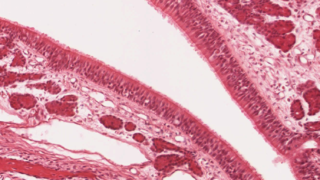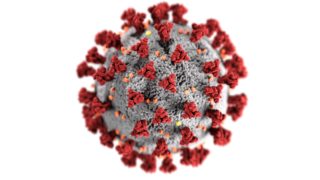
Is the intranasal route a “backdoor” used by SARS-CoV-2 to reach the brain fortress?
The intranasal route is a rapid, efficient and direct way for different biological agents, small molecules, drugs and chemical compounds to reach the brain. It seems amazing, but people that snort a line of coke already knew that… To date, its mechanism of diffusion is believed to be using either olfactory nerve tracts or dense […]








